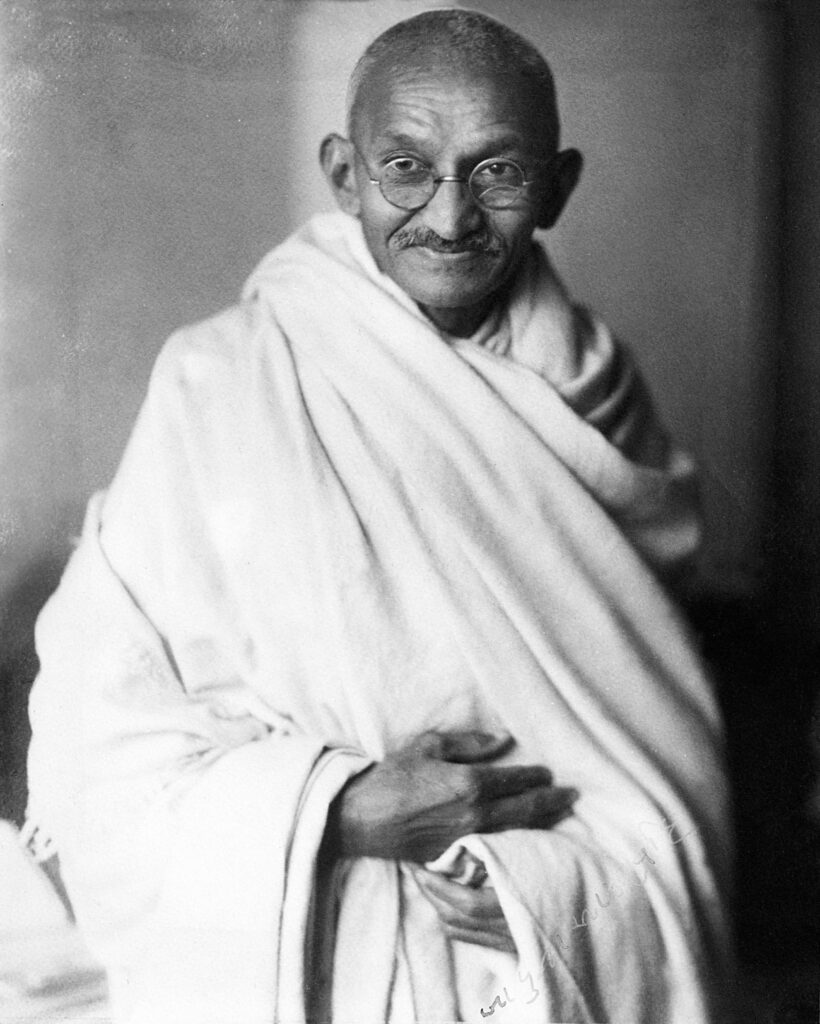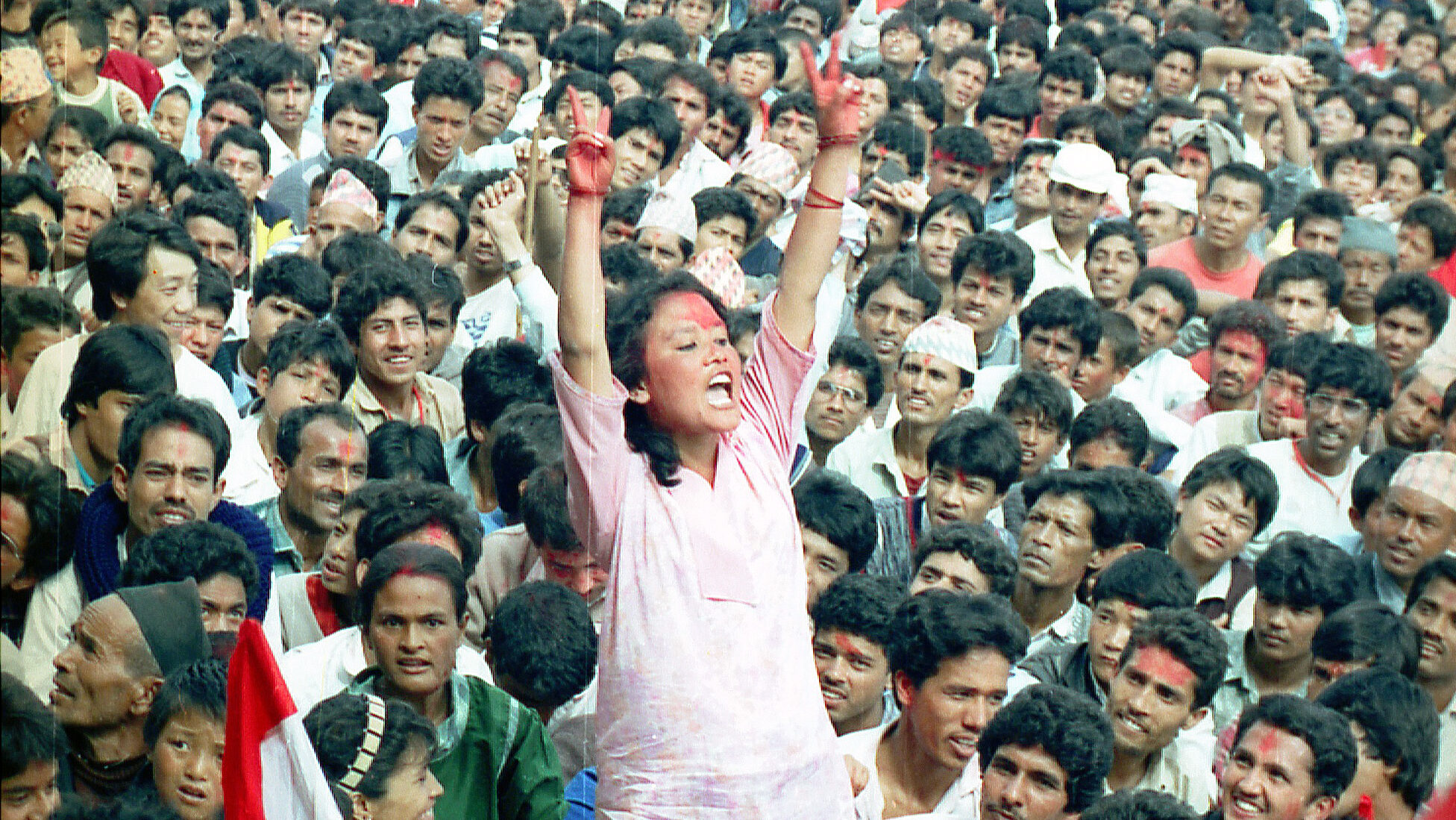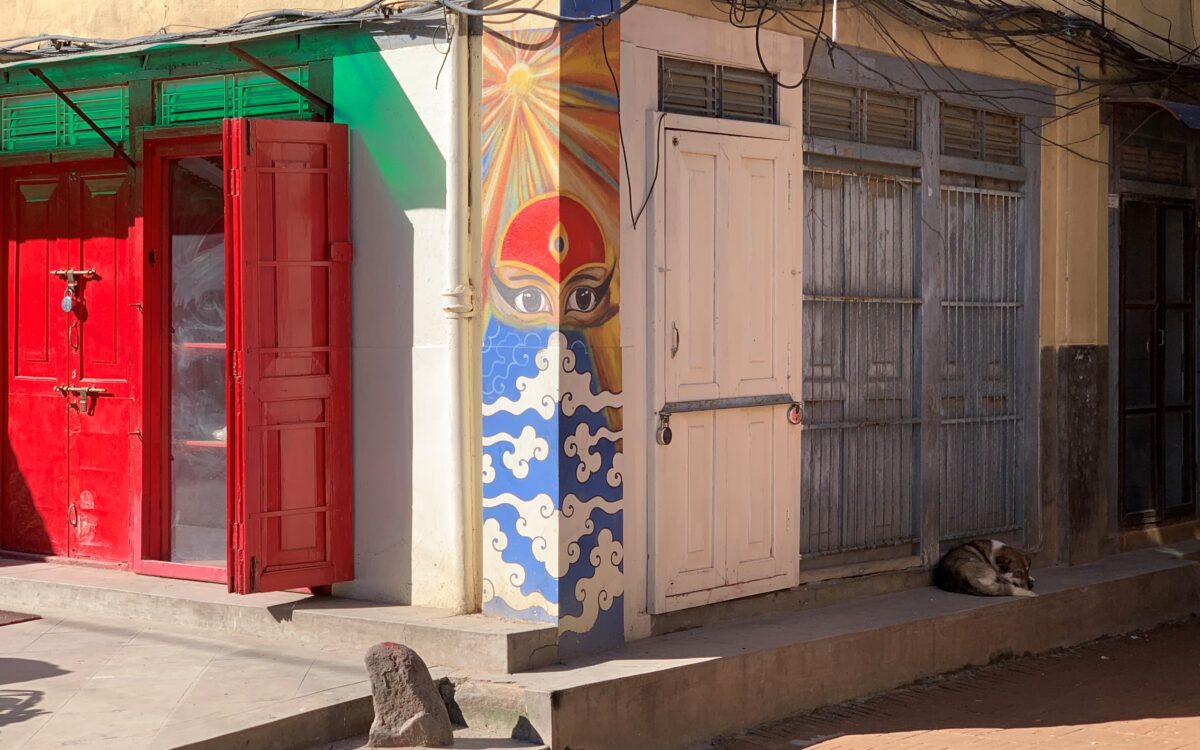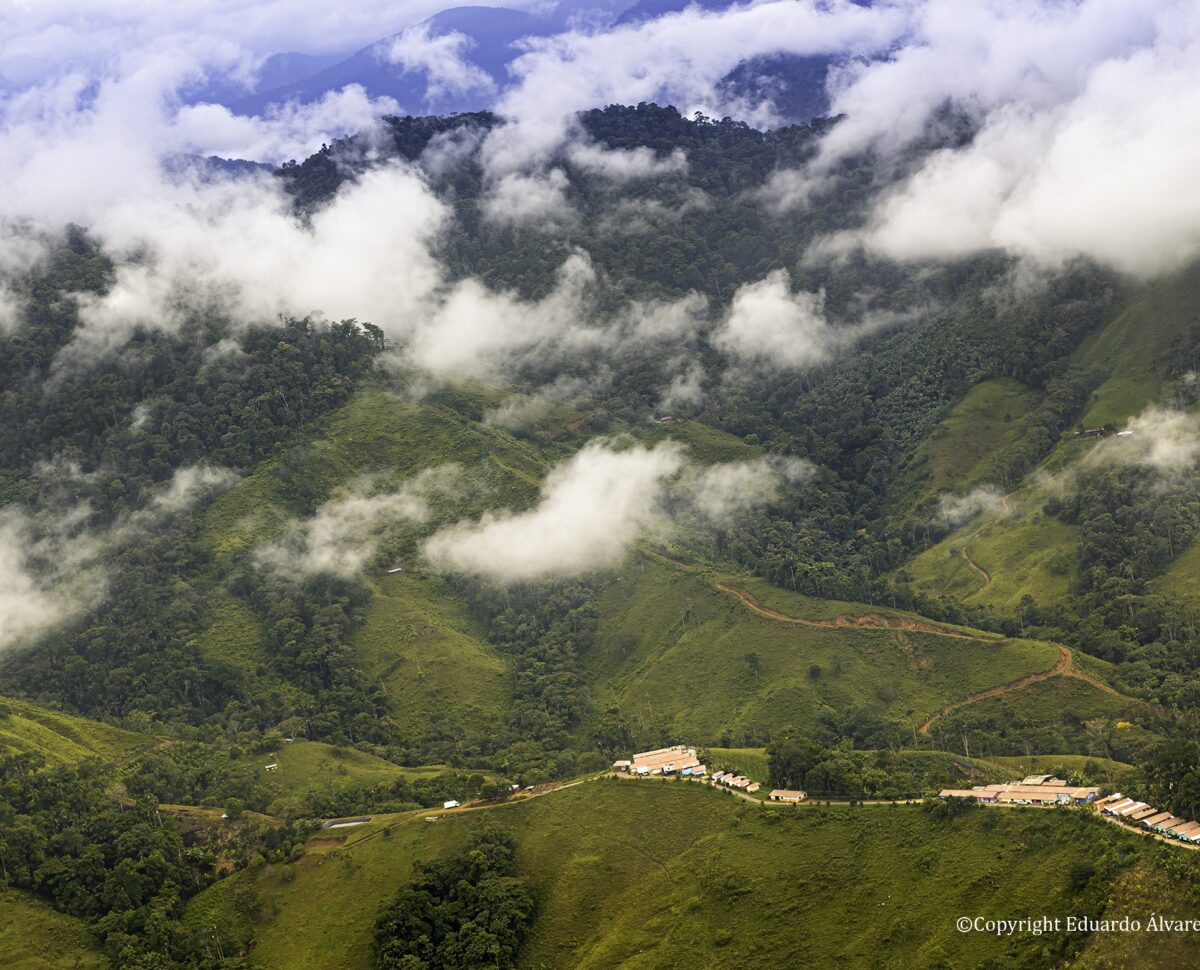
Christopher Wiley Shay, PhD
‘For scholars comparing civil wars and nonviolence, the lesson here is not to focus narrowly on outcomes like regime-change and democratisation. Violent methods shape governments and societies in other, more subtle ways – especially by institutionalising state repression’
What do Mahatma Gandhi and Chairman Mao have in common? Both men developed a practical theory of rebellion and revolution. But where Mao famously believed that ‘power grows from the barrel of a gun,’ Gandhi demanded that his followers abstain from violence. As history has shown, either of these approaches to rebellion – nonviolent or violent – can be used to overthrow a government. For example, Gandhi and his followers achieved Indian independence while Mao’s movement ousted China’s Kuomintang regime. But what are the long-term consequences of these respective pathways?
As I show in my article Swords Into Ploughshares, a movement’s choice of resistance method can have a lasting impact on a country’s government and society. Compared to nonviolent resistance, violent methods put countries on repressive trajectories by normalising state-on-citizen violence among security forces. These new norms and the resulting human rights violations are likely to persist long after the conflict that engenders them. This implies that nonviolent struggle is much more likely to produce a sustainable peace than violent methods.

Civil Wars Vs Civil Resistance
Until recently, the study of civil wars and nonviolent movements (also known as ‘civil resistance’ or ‘nonviolent struggle’) has unfolded along separate channels. That began to change with Erica Chenoweth and Maria Stephan’s 2011 book ‘Why Civil Resistance Works’ (WCRW), which treats armed and unarmed insurgencies as ‘analytically equivalent.’ The leaders who launch these movements usually have similar motivations and fight for similar goals against similar targets. It therefore makes sense to compare these movements explicitly – to investigate systematically whether these methods lead to different outcomes.
Thanks to WCRW and subsequent research (e.g., Bayer et al. 2016; Chenoweth and Shay 2022), we know that violent movements are much less likely to result in government overthrow or the onset of democracy. In addition, I propose that violence may have additional, long-term impacts on governance. Specifically, violent methods reshape expectations about the appropriateness and usefulness of armed force as a means of creating social order – especially lethal violence. As a result, repression should be much more prevalent in the aftermath of violent movements compared to nonviolent movements.
The Immediate Consequences of Violent Vs. Nonviolent Resistance

When a resistance group first mobilises, a government will almost always respond with coercion – most governments want to retain as much power and as many resources as possible without sharing. But movements can deter the bloodier forms of government coercion by specialising in nonviolent resistance (Chenoweth and Perkoski 2018). This is because governments fear the ‘backfire’ effect. Killing and maiming unarmed protesters outrages domestic and international audiences, creating more problems for the government than it solves.
Governments incur far fewer audience costs when they fight fire with fire – or use violence against armed insurgents. In fact, when confronted with a violent insurgency, governments tend to strengthen their security forces.
Nepal’s recent history provides a useful example. In February 1990, mass resistance broke out in the capital city of Kathmandu, its leaders calling for democratisation. The Nepal Police tried to break up the demonstrations with lathee (baton) charges and even occasionally fired on crowds with live ammunition. Dozens of protesters were killed before King Birendra was forced to give in to the movement’s demands.
Though tragic, the scope of the government’s coercive response in 1990 pales in comparison to its response to a guerrilla insurgency launched by the Communist Party of Nepal (Maoist) six years later. In attempting to put down the Maoists, the government (still largely controlled by the monarchy) armed the Nepal Police and eventually deployed the Royal Nepali Army (RNA). Serious human rights violations became rampant, especially after the RNA entered the fray. Whole villages were sometimes detained and mistreated (OHCHR, 2008) by soldiers and their police counterparts. Setting aside an estimated 13,000 combat deaths, the decade-long conflict generated at least 2,000 unlawful executions (OHCHR, 2012), many of which have been attributed to government forces.

The Repressive Legacies of Violent vs. Nonviolent resistance
As Swords into Ploughshares argues, violent insurgency is transformative for its participants. Victorious leaders learn that violence is an effective tool (echoing Gurr 1988), either because they have claimed power or held onto it. Their followers, who either become or remain the state’s security personnel, are socialised to use violence in the course of their duty. These lessons are not unlearned just because a conflict ends. Indeed, as one of my interviewees in Nepal explained, police constables who returned to normal duty from combat often went on to use excessive violence against citizens – despite commanders’ strenuous efforts to prevent this.
Nepal’s experiences are not unique – a cross-national quantitative analysis shows that government-perpetrated extrajudicial executions (political killings) are much more prevalent in the aftermath of violent compared to nonviolent struggle. Similarly, it takes governments much longer to stop relying on executions and killings after violent struggles compared to nonviolent struggles. These results hold regardless of whether the movement wins or loses.
Violence Undermines Democracies
My analyses also turned up a surprise finding. I assumed that democratisation would nullify the difference between nonviolent and violent outcomes. Ostensibly, democratic institutions should strongly disincentivise political killings, regardless of how those institutions are established. In fact, the means of democratisation affect the quality of democracy. Democracies forged from combat are likely to experience more post-conflict killings compared to democracies achieved through nonviolence.
Several implications arise from these findings. For scholars comparing civil wars and nonviolence, the lesson here is not to focus narrowly on outcomes like regime-change and democratisation. Violent methods shape governments and societies in other, more subtle ways – especially by institutionalising state repression. For practitioners and advocates of democracy, here is yet more evidence that nonviolence resistance offers important advantages over violence. Not only is nonviolent struggle more likely to achieve democratisation, it is likely to produce more liberal democracy, in which human rights enjoy stronger protections. Those who would seize power with the gun, in other words, are likely to rule with the gun.

